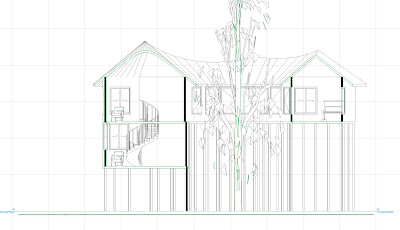 |
| Arkitektur: the swedish review of architecture |
 |
| Arkitektur: the swedish review of architecture |
Arkitektur is a Swedish architecture magazine that covers fields in architecture that play roles in public discussion in recent years. It is fully written in Swedish, with no translations. The pictures above are from the May 2012 publication.
 |
| Monograph.it |
 |
| Monograph.it |
 |
| Monograph.it |
Monograph.it is at the same time monography and review. It follows an original criterium of pictures' itinerary and is written in Italian with English translations. It is relatively recent (started in 2010) and there are only two large books at the University of Auckland Library.
 |
| Arkitekten |
 |
| Arkitekten |
Arkitekten. This Danish architecture magazine focuses on novel designs and important daily architectural discussions. It is written in Danish with no translations. The pictures above are from the May 2012 publication.















































